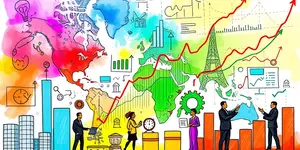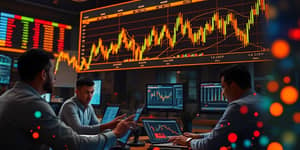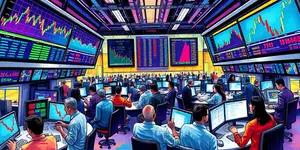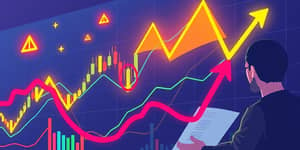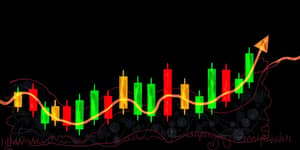
As we step into 2025, business leaders, investors, and policymakers face a landscape defined by relentless uncertainty and shifting dynamics. From moderated global growth to evolving consumer expectations, staying ahead requires keen insight and decisive action.
Recent forecasts by the World Bank and other institutions paint a somber picture: 2025 global growth is forecasted at 2.3%, the slowest pace since 2008 outside of major recessions. Nearly 70% of world economies have seen downgraded projections, raising concerns about a prolonged slowdown.
Experts warn this slump could contribute to the slowest decade for average global growth since the 1960s. Developing nations, which saw growth fall from 6% in the 2000s to under 4% today, are especially vulnerable to external shocks and trade disruptions.
This uneven growth landscape underscores the importance of tailored strategies for different regions. Flexibility and resilience will be key to weathering potential headwinds.
In early 2025, the Economic Policy Uncertainty Index reached unprecedented highs, signaling trade policy uncertainty is historically high. Tariffs and protectionist measures have elevated costs and fluctuations in demand, amplifying market volatility.
The so-called financial “fear index” (VIX) climbed to its third-highest mark on record, following the peaks of 2008 and 2020. Such spikes often coincide with tariff escalations or geopolitical tensions, reinforcing the peril of reactive policy shifts.
As markets decouple and regional blocs emerge, organizations must anticipate border policies and diversify sourcing to mitigate disruption.
After surging in 2021–2022, headline inflation among G20 nations is projected to moderate from 6.2% in 2024 to 3.6% in 2025, and further to 3.2% in 2026. However, uneven trade costs and localized supply constraints risk reigniting price pressures in certain economies.
Central banks face a delicate balancing act: support slowing activity while ensuring price stability. The Federal Reserve has signaled a hold on policy rates until at least 2026, while other major banks prepare for gradual easing if growth falters.
On the fiscal side, public spending continues its upward trajectory. Germany’s deficit has reached post-reunification highs, and the United States grapples with surging interest costs driving its budget gaps. Sustainable debt management will rely on prudent investment and targeted stimulus.
Amidst macroeconomic challenges, technology adoption remains a beacon of opportunity. Businesses harnessing AI, automation, and advanced analytics can both uncover hidden risks and capitalize on new trends.
Key practices include continually comparing data with benchmarks, identifying anomalies, and adapting product and pricing strategies in real time. Companies that embed digitally-enabled productivity gains (AI, process automation) into operations can unlock efficiency even in sluggish markets.
Consumer behavior is equally in flux. Inflationary pressures reshape purchasing power, demanding agile responses in marketing, distribution, and product design. By tracking microtrends—such as shifts toward sustainable goods or subscription models—organizations can forge deeper engagement and foster loyalty.
In a world marked by sluggish growth, high uncertainty, and rapid technological change, institutions must embrace proactive measures:
Scenario planning and stress tests can prepare organizations for adverse outcomes, while pilot programs allow quick experimentation without large-scale commitment.
The path forward in 2025 demands both vigilance and innovation. By integrating rigorous trend analysis with strategic adaptability, leaders can navigate the crosswinds of economic slowdown, policy shifts, and market volatility.
Staying ahead of the curve is not just about forecasting—it is about building an agile, forward-looking culture that thrives amid uncertainty. With the right mix of data-driven insights, technological adoption, and resilient planning, organizations will be well-equipped to unlock new opportunities and drive sustainable growth.
References







